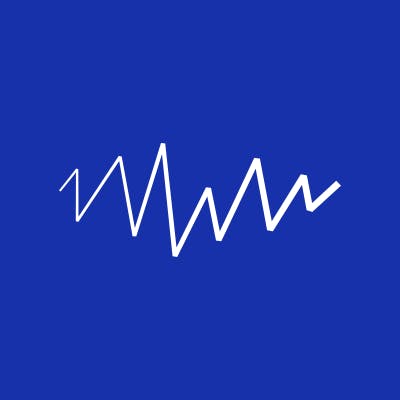INVIVOX: What is the difference between autofluorescence and fluorescence?
Prof Frederic TRIPONEZ: Autofluorescence is an intrinsic characteristic of parathyroid glands: they are more autofluorescent than surrounding tissues, that is to say, when we excite them with a certain wavelength (near infra-red), they fluoresce at another specific wavelength (without injecting any contrast agent). On the other hand, for fluorescence angiography, we do inject a fluorescent product, indocyanine green (that remains in the vessels), which also works with excitation via near-infrared wavelengths and reemission at another wavelength. In our department, we have been the precursors of indocyanine green (ICG) parathyroid angiography. So, we already had experience in angiography before using autofluorescence.
INVIVOX: How is this medical imaging technique a disruptive technology?
Prof F. T.: The concept! Autofluorescence was discovered in the United States about ten years ago and was rapidly applied clinically (which is quite rare for such a technology and for use on humans). At that time, we did not know that parathyroids had this characteristic of autofluorescence.
INVIVOX: What visual improvement brings autofluorescence?
Prof F. T.: Parathyroid glands are difficult to visualise with the naked eye because they are slightly different in colour from surrounding tissues (thyroid and fat) and are tiny. Without external help, the four characteristics to recognise them are: their size, their shape, their position and their colour. Thanks to the FLUOBEAM® LX, we now have a "live" help during the operation without having to remove the parathyroid. Until now, if we wanted to be sure, we had to extract a small part and send it in anatomopathology to confirm whether or not it was a parathyroid. We are now able to get a reliable answer during the operation. If it is a parathyroid, we also know that we must preserve it and therefore we are more attentive. As for the angiography with indocyanine green, this technique allows us to do angiographies without ionising radiation, because until now the angiography was done with X-rays.
INVIVOX: How do your colleagues welcome this technique?
Prof F. T.: Most find this procedure interesting, but they struggle a bit to figure out how to implement it into their practice. Is it transitory or will it be permanently integrated into their way of operating their patients? Compared to the number of surgeons who do thyroidectomies, only a few of us use these two techniques but it is progressing.
INVIVOX: The equipment you use during your training is FLUOBEAM ® LX, the latest addition to the range offered by FLUOPTICS ®. What benefits does it bring?
Prof F. T.: This new camera offers better stability and image definition. It is also more convenient to use. The advantage is that we can detect parathyroid autofluorescence and perform ICG angiography in the process.
INVIVOX: Can you detail the techniques that you will show to the participants?
Prof F.T.: We demonstrate how to use autofluorescence in details, from the search to the identification of parathyroids thanks to the autofluorescence, then proceed to the evaluation of their vascularisation, and their functioning after removal of the thyroid, to know if they willfunction, thanks to angiography.
INVIVOX: What is the learning curve for a beginner?
Prof F. T.: One day is enough for the participants to know how to use the machine. They must use it thereafter between five and ten times to be completely comfortable with the buttons, positioning... If a surgeon acquires the machine, he/she must attend this first training course to acquire the knowledge necessary to guarantee safe use and good results, then after three to six months, return to training to deepen his/her knowledge on more specific issues.
INVIVOX: What benefits will the participants get from this day?
Prof F. T.: Have a first supervised contact with the equipment and know how to start using it. Exchanging with colleagues who have been using the machine for a few years, which will allow them to avoid the small pitfalls they will not be aware of when they start. See globally how the staff in the operative room operates with all the flow around the intervention.

